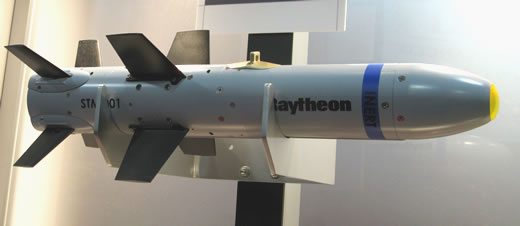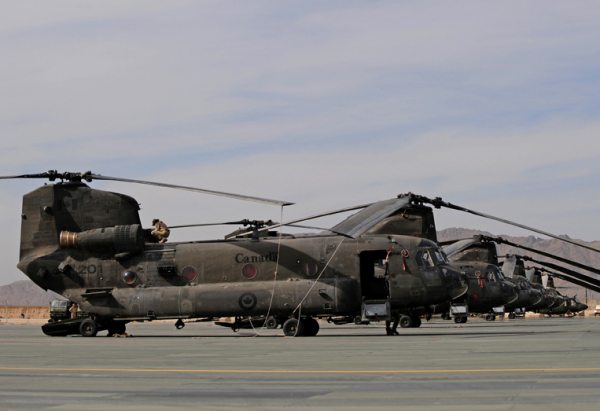The U.S. Army precisely engaged targets using the Raytheon Griffin B missile as part of a test to protect forward operating bases (FOBs) and small combat outposts.
“Griffin enables ground forces to protect their locations by precisely engaging targets in a 360-degree radius,” said Harry Schulte, vice president of Raytheon Missile Systems’ Air Warfare Systems product line. “Griffin gives warfighters a combat-proven capability that is ready today, fully developed and in production.”
During the test, warfighters fired a Griffin missile from a launcher at a static target more than 4 kilometers (2.5 miles) away. Using GPS coordinates generated by a tethered aerostat, the missile directly impacted the target, achieving all test objectives.
The Griffin enables the warfighter to engage targets via a user-friendly graphic interface and guide the weapon to the target using GPS coordinates or laser designation. To maximize effectiveness, the user can choose to engage the target with height of burst, point detonation or fuze delay. The weapon provides the soldier with a capability in terms of size, weight, precision and operational flexibility that is unmatched by any other weapon in its class.
The Griffin missile is in production and integrated on the C-130 Harvest Hawk. Griffin A is an aft-eject missile designed for employment from non-conventional platforms such as the C-130 aircraft. Griffin B is a forward-firing missile that launches from rotary- and fixed-wing aircraft and can be used in ground-launch applications.
Griffin is 45 inches long and weighs 45 pounds in its launch tube.
Griffin can be integrated onto a wide range of military vehicles and can be used in ground-launch applications.
Griffin has a proven track record of successful rapid integration.
Raytheon Company, with 2011 sales of $25 billion, is a technology and innovation leader specializing in defense, homeland security and other government markets throughout the world. With headquarters in Waltham, Mass., Raytheon employs 71,000 people worldwide.











